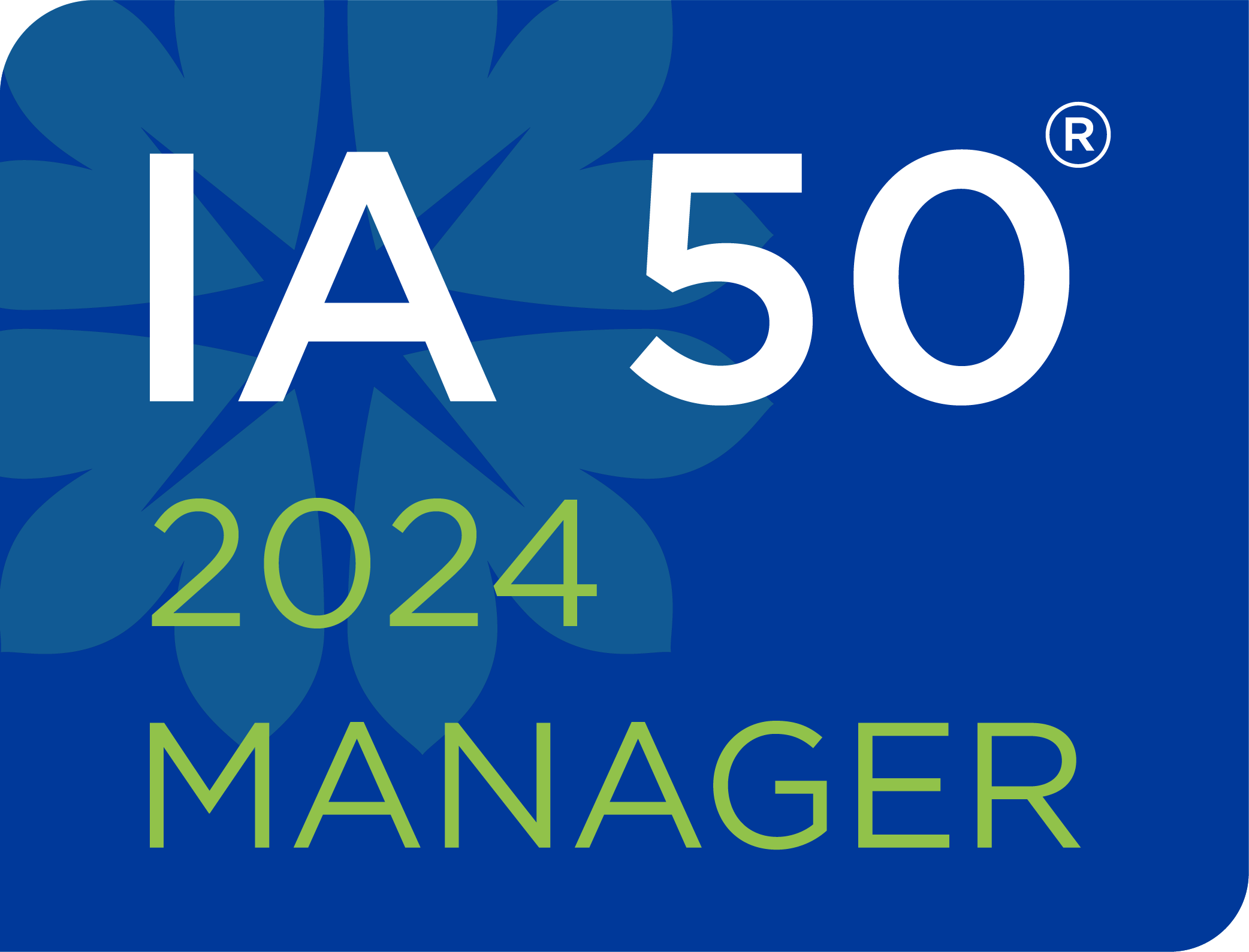Imagine trading stocks, but instead of following along in real-time, you make decisions based on yesterday’s share price. Or worse, informed by the prices from a month ago. In an age when data is constantly collected, we have come to expect real-time updates to help us make informed decisions. This scenario is exactly what major water, energy and other utilities are dealing with, even with the installations of smart meters. In many instances, data is captured once a month or at best every 15 minutes from the meter, severely limiting the usefulness of the data in informing consumer demand response programs while increasing grid resiliency as we integrate more intermittent renewable energy sources.
Why are consumer demand response programs important?
The International Energy Agency (IEA) estimates demand response will need to grow tenfold to 500 GW by 2030 from the 50 GW in use today.
Digitalization has been identified as a key lever to scale up demand-side flexibility, and in particular, we’ll need to see real-time energy demand visualization in order to stabilize an increasingly distributed and decarbonized grid. The need for such data becomes even more apparent as new assets such as distributed energy resources (DERs) and electric vehicles (EVs) are added to the load mix. Currently Automated Meter Reading (AMR) and Advanced Metering Infrastructure (AMI) meters are deployed to capture and report data to utilities around the world. While cheaper, AMR meters have been in use since the mid-80s and unsurprisingly offers fewer features while AMI meters, commonly referred to as smart meters, allow for two-way communication. While AMI meters are installed in approximately 75% of U.S. households on the electric side, they can be cost-prohibitive with years-long deployment cycles, especially for smaller municipalities and cooperatives, while most gas and water utilities can only access meter data once per month.
Even with newer AMI meters installed, this data is typically only communicated to utilities the next day in 15 minute intervals, while AMR meter reports might only be collected once a month. For water and gas utilities, the challenge is even more acute as usage data might only be collected once a month. The effectiveness of smart meters in reducing consumer energy consumption has also been strongly contested, as this study shows that in the UK, consumption was only reduced by 2% instead of the expected 15%. Based on analysis here at Clean Energy Ventures (CEV) and after discussions with various industry participants, one of the key challenges was the lack of immediate visibility for consumers on how their current activities are contributing to energy consumption or the financial cost of doing so. Another was the inability to engage meaningfully with consumers on employing greater energy efficiency measures and the financial benefit of doing so, and not simply providing generic advice (like changing light bulbs to more efficient ones).
There are a number of firms that are trying to solve this with pure software platforms that integrate historical data to project load, which can be very inaccurate especially in predicting usage at certain times of day. Alternative solutions on the other end of the spectrum tend to be expensive hardware solutions that require an electrician to install. Furthermore, almost all of these solutions dealt solely with electricity usage and track gas and water to a very limited degree, if at all.
Given this competitive landscape, CEV was thrilled to learn of a solution developed by the team at Copper Labs that addressed all of these key issues: tracking data in real time, enabling consumer engagement, a lower cost of deployment and adoption by water, gas and electricity providers. With Copper, AMR electric, gas and water meters can be accessed in near real-time and AMI meters can benefit from complementary real-time demand management and grid resiliency use cases. As a result, CEV recently led the Series A financing of Copper Labs, with participation from existing investors National Grid Partners and Blue Bear Capital in order to address a compelling need for utilities to adopt their unique and proprietary solution to meet the challenge of grid modernization. CEV Venture Partner and former FERC Commissioner Nora Mead Brownell joined the board, and will support Copper Labs’s growth with her deep understanding of the industry.
Data and communication to unlock grid flexibility
Copper Labs’s proprietary device and software can capture data from the meter over a Radio Frequency (RF) signal and transmit this data back to utilities over Wi-Fi. Copper Labs can tap into a wide variety of energy meter models, essentially making them utility-agnostic, and a single easy-to-install device can capture electric, gas and water usage data – all providing a holistic profile of a property’s consumption.
Copper Labs has already engaged in several promising projects with National Grid, Xcel Energy, Holy Cross Energy and others, a flagship project at the Sterling Ranch community in Colorado, where devices are deployed in every new home. Copper Labs captures grid energy, rooftop solar, gas and both indoor and outdoor water consumption patterns, which allows the utility to monitor usage. The Copper Labs Utility Portal provides granular insight and recognizes various load profiles so assets such as EVs can be recognized. By tracking data in real-time, Copper avoids the unnecessary need for load disaggregation techniques and AI, which competitive software solutions rely on to a detrimental degree; Copper’s real-time data eliminates this guesswork. The Utility Portal also allows utilities to communicate with targeted segments of the community with relevant notifications in a quick and user-friendly manner, which has translated into incredible results. In fact, in their pilots, Copper has demonstrated that they can help consumers consistently reduce energy use over control groups that did not receive their push notifications in the moments that matter most to the grid.
The potential for Copper Labs’s technology does not lie solely in providing meter data, but also in engaging consumers actively in the process of load shifting and greenhouse gas emissions reduction. The company’s partnership with Xcel Energy exemplifies this potential in a scenario where customers could simply ask their smart speaker to deliver data on energy usage to inform consumption choices, or compare current usage to historical consumption patterns. While such a solution may sound simple, it is not possible without functionalities like real-time energy management and innovative demand response programs that reward engaged customers with cost savings.
Looking beyond its energy applications, Copper Labs’ platform is the game-changer that gas and water utilities struggling with unpredictable supply are in dire need of. Gas utilities in the northeast, for example, are facing a tightness in supply due to weather and pipeline constraints while water utilities in the west face cyclical challenges in managing demand amid drought conditions annually. The ability to engage with consumers and shift usage during certain times of gas or water scarcity can be extremely valuable, particularly if the program can be deployed at a fraction of the cost of new AMI meters with Copper Labs.
Enabling the energy transition and driving GHG Emissions Reductions
One of CEV’s core tenets is to support impressive innovators, and the strength of Copper Labs’s team is unparalleled. The stellar team consists of serial entrepreneurs, software experts and energy industry professionals who have experience in building and scaling businesses. CEO Dan Forman has already built an impressive network of strategic partnerships for the company while founder & CTO Jeff Mathews,, brings deep technical insight and an ability to plan and mitigate risk. They are both fundamental pillars that will contribute to the growth of Copper Labs.
We also see the potential of Copper Labs’ technology to enable the energy transition and a smarter grid, in particular via the new neighborhood-level solution they’ll release later this year to scale these solutions even faster by leveraging existing meters and communications networks without deploying in-home hardware. Copper Labs pushes the envelope via load shifting and load reduction by unlocking real-time grid intelligence data, enabling effective demand response not only in energy but in gas and water usage. This broader application of Copper Labs aligns with another core tenet of CEV’s investment criteria: companies that have the potential to mitigate gigaton-scale greenhouse gas (GHG) emissions. With our investment, we envision that Copper Labs will have the potential to mitigate 2.5 GT of CO2e between now and 2050.




